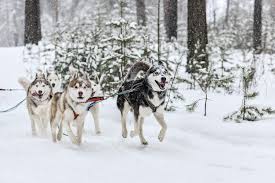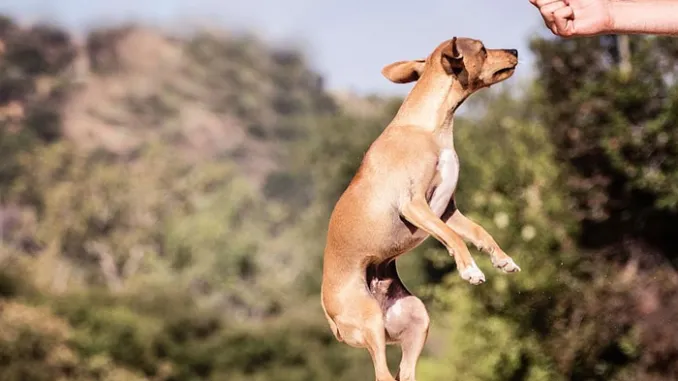
Kamchatka Sled Dog
Conditions of detention
Kamchatka Sled Dogs are best suited to cold climates and thrive in environments where they have ample space to roam and exercise. They are not well-suited for hot or humid climates due to their thick fur and high energy levels.
Useful Fact: These dogs excel in rural and wilderness settings where they can engage in their natural behaviors and enjoy the outdoors.
Nutrition and diet
A balanced diet rich in high-quality protein, fats, and essential nutrients is crucial for Kamchatka Sled Dogs. Given their high energy levels, they require a diet that supports their physical demands.
Useful Fact: Kamchatka Sled Dogs often benefit from a diet that includes raw fish, aligning with their traditional diet provided by the indigenous peoples of Kamchatka.
Health
Kamchatka Sled Dogs are generally robust and healthy, with a lifespan of 12-15 years. They can be prone to common canine issues such as hip dysplasia, but their rugged lifestyle has endowed them with resilience.
Useful Fact: Regular veterinary check-ups and a balanced diet are essential for maintaining the health of Kamchatka Sled Dogs.
Grooming and care
Kamchatka Sled Dogs have a thick double coat that requires regular grooming. Their coat, which comes in various colors including white, gray, black, and brown, needs frequent brushing to manage shedding and maintain its condition.
Useful Fact: During shedding seasons, typically twice a year, daily brushing is recommended to manage their dense fur.
Education and training
Kamchatka Sled Dogs are intelligent and eager to work but can be independent. Consistent, positive reinforcement training methods are most effective for this breed.
Useful Fact: Early socialization and training are crucial to harness their energy and intelligence, making them well-behaved and manageable pets.
Toys and entertainment
Kamchatka Sled Dogs enjoy toys that challenge their minds and provide physical exercise. They particularly love activities that simulate their working background, such as pulling carts or engaging in fetch games.
Useful Fact: Providing a variety of toys and engaging in regular play sessions can help keep a Kamchatka Sled Dog mentally and physically stimulated.
Safety
Ensure your Kamchatka Sled Dog has a secure, fenced yard to prevent them from wandering, as they have strong exploratory instincts. They are well-suited to living in cold climates and should be protected from heat.
Useful Fact: Kamchatka Sled Dogs are naturally alert and make excellent watchdogs, but their protective instincts should be managed with proper training and socialization.
Accessories
A sturdy leash, comfortable harness, and ID tags are essential for your Kamchatka Sled Dog’s safety during walks and outings.
Useful Fact: Kamchatka Sled Dogs benefit from wearing a harness rather than a collar, as it helps distribute pressure evenly and prevent neck strain during walks.
Socialization
Early and continuous socialization is crucial for Kamchatka Sled Dogs to ensure they are comfortable around people, other dogs, and different environments.
Useful Fact: Positive socialization experiences from a young age can help Kamchatka Sled Dogs develop into well-adjusted adults, reducing the likelihood of fear or aggression.
Travel and Transportation
Kamchatka Sled Dogs can travel well if accustomed to it from a young age. Ensure they have a comfortable crate or seatbelt harness for car rides.
Useful Fact: Regular short trips can help your Kamchatka Sled Dog become more comfortable with travel and reduce anxiety during longer journeys.
Behavior and psychology
Kamchatka Sled Dogs are known for their loyalty, intelligence, and strong work ethic. Understanding their behavior and providing appropriate outlets for their energy is important.
Useful Fact: Mental stimulation through training and interactive play is as important as physical exercise for a Kamchatka Sled Dog’s well-being.
Legal aspects
Owning a Kamchatka Sled Dog may come with specific legal requirements depending on your location, such as licensing, microchipping, and adherence to leash laws.
Useful Fact: Research local regulations and ensure you comply with any breed-specific legislation or requirements.


